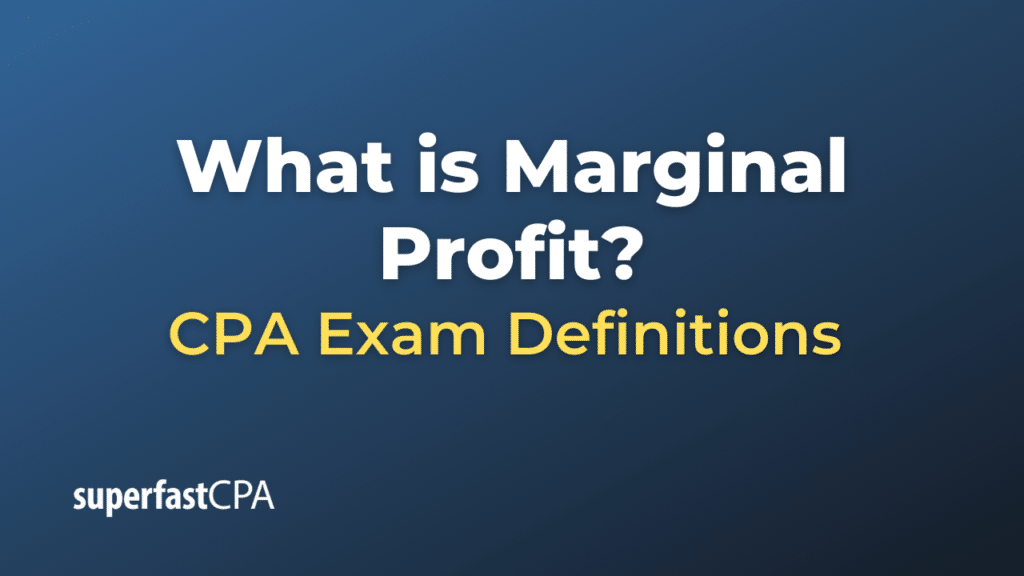Marginal Profit
Marginal profit refers to the change in profit resulting from producing and selling one additional unit of a product or service. Essentially, it’s the difference between the marginal revenue (the additional income from selling one more unit) and the marginal cost (the additional cost of producing that extra unit).
The concept of marginal profit is critical to the optimal allocation of resources and decision-making processes in business. Companies will continue to increase production as long as the marginal profit is positive, which means that marginal revenue is greater than the marginal cost. When marginal profit becomes zero (i.e., when marginal cost equals marginal revenue), a firm maximizes its total profit. If the marginal profit becomes negative (i.e., marginal cost is greater than marginal revenue), a firm will typically decrease production to avoid losses.
The formula for marginal profit is:
Marginal Profit = Marginal Revenue – Marginal Cost
Remember, marginal values are derived from changes in total values. For instance, if the total profit changes when one more unit is produced and sold, the amount of this change is the marginal profit.
Example of Marginal Profit
Assume we have a company called “BookWorld” that sells books.
Let’s say that after selling 100 books, BookWorld’s total profit is $1,000. If the company then sells one more book (i.e., the 101st book), and the total profit rises to $1,015, we can calculate the marginal profit as follows:
Marginal Profit = Profit after selling 101 books – Profit after selling 100 books
Marginal Profit = $1,015 – $1,000
Marginal Profit = $15
So, the marginal profit of selling the 101st book is $15.
This implies that by selling an additional book, BookWorld increases its profit by $15. The company can use this information to determine whether it’s beneficial to increase production or whether to adjust the selling price.
Remember that this example is simplified and real-world calculations might be more complex, considering factors like economies of scale, variable cost fluctuations, and price elasticity of demand.













